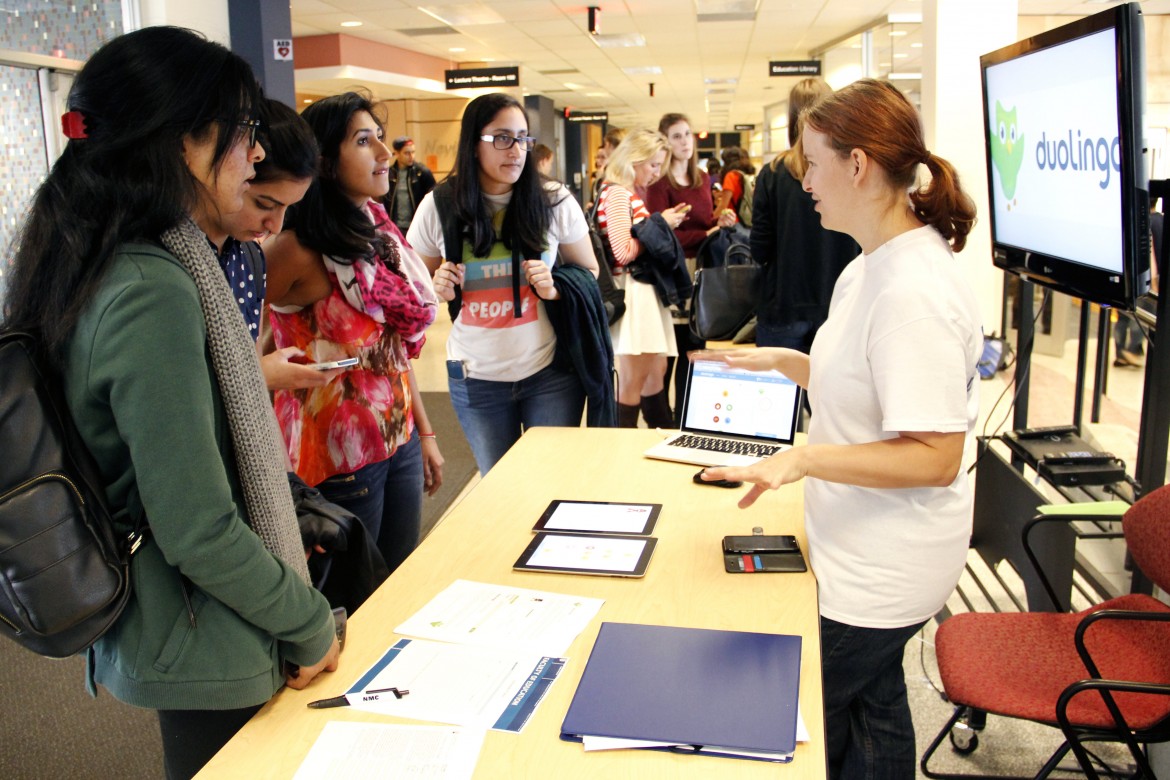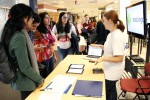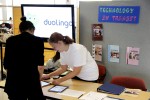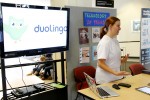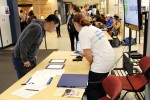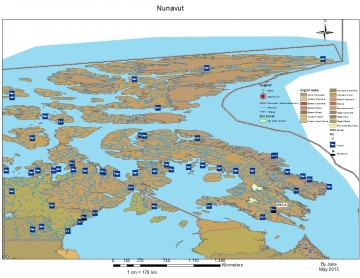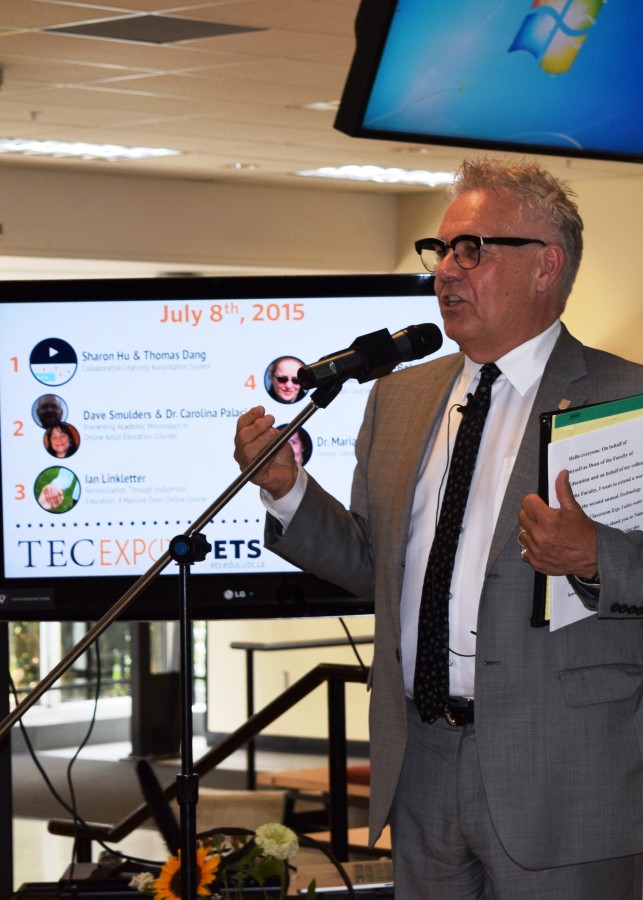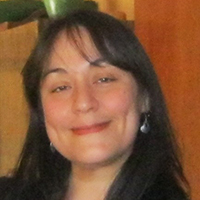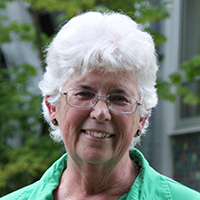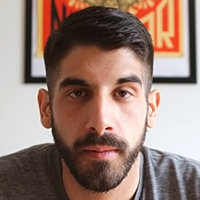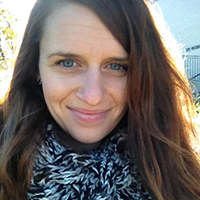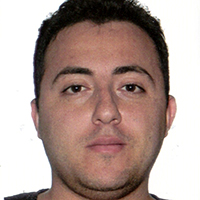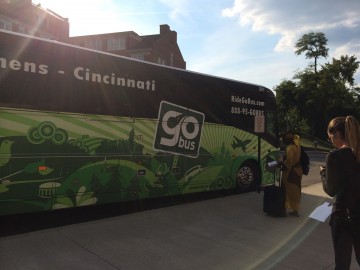By Andrea Gonzalez on Oct 16, 2015
In an era where educational technology is in constant flux and digital platforms rise and fall in popularity, it is often argued that books have taken the passenger seat to more famous digital devices. As terms such as e-learning and flexible learning have become 21-century buzzwords, children have become increasingly familiar with tablets from the Kindle to the Nook. Nevertheless, as the original educational tools, books from graphic novels to picture books continue to be essential vehicles for classroom learning.
If there is anything that can steer children’s imagination forward at a universal scale, it is visually engaging wordless picture books. With the support of IBBY Italia representative and storyteller Mariella Bertelli, LLED (Language and Literacy Education) professor and renowned illustrator Dr. Kathryn Shoemaker curated and produced an exhibit in Rare Books and Special Collections titled “Silent books: Final Destination Lampedusa”, with books from various corners of the word. As an illustrator and LLED instructor for Introduction to Children’s Literature, Shoemaker teaches her students how they can use illustrated literature in the classroom, with a real focus on picture books, wordless book and graphic novels.
“The collection was initiated by the International Board on Books for Young People, or IBBY, and started after World War II with the idea of unifying children around the world with literature. In response to refugees coming in from Africa into an island called Lampadusa, the people at IBBY Italia realized that there was a diversity of languages among the migrant refugees and their families. So they created a library of wordless books, called Silent Books, that children of any language would be able to access. Following stops in Italy and Mexico city, the exhibit is now in Vancouver and will be traveling to Edmonton after this stop.” said Shoemaker.
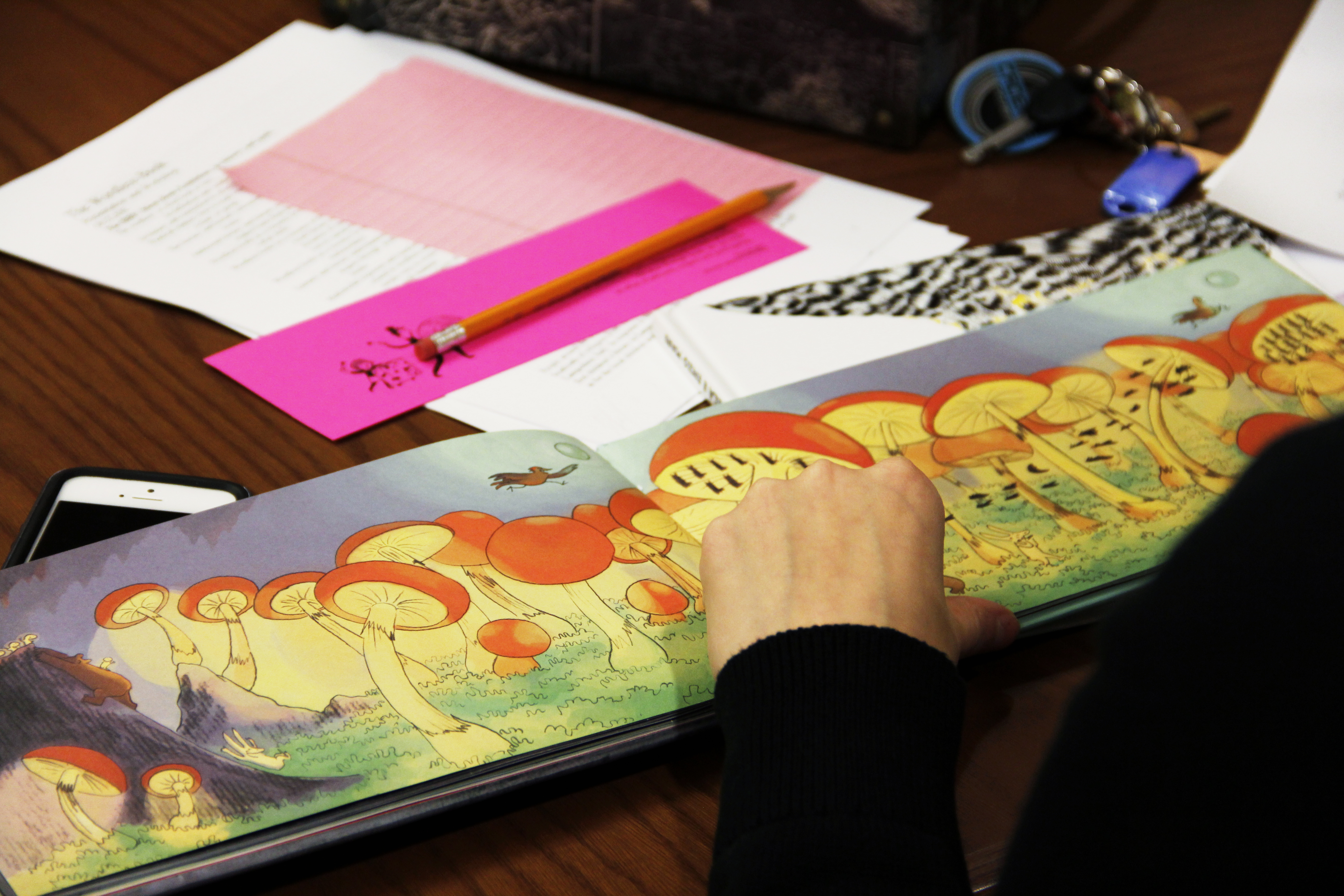

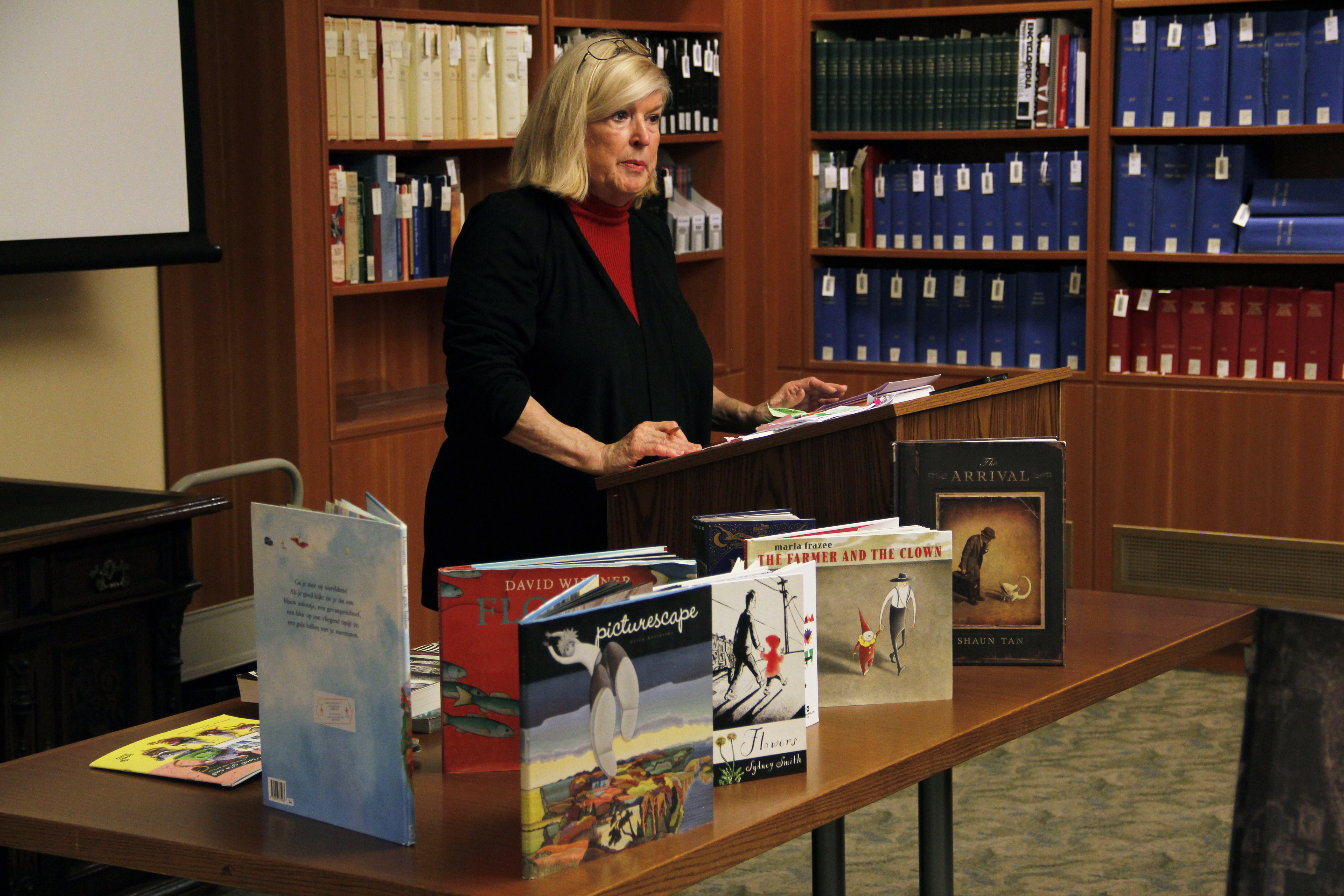
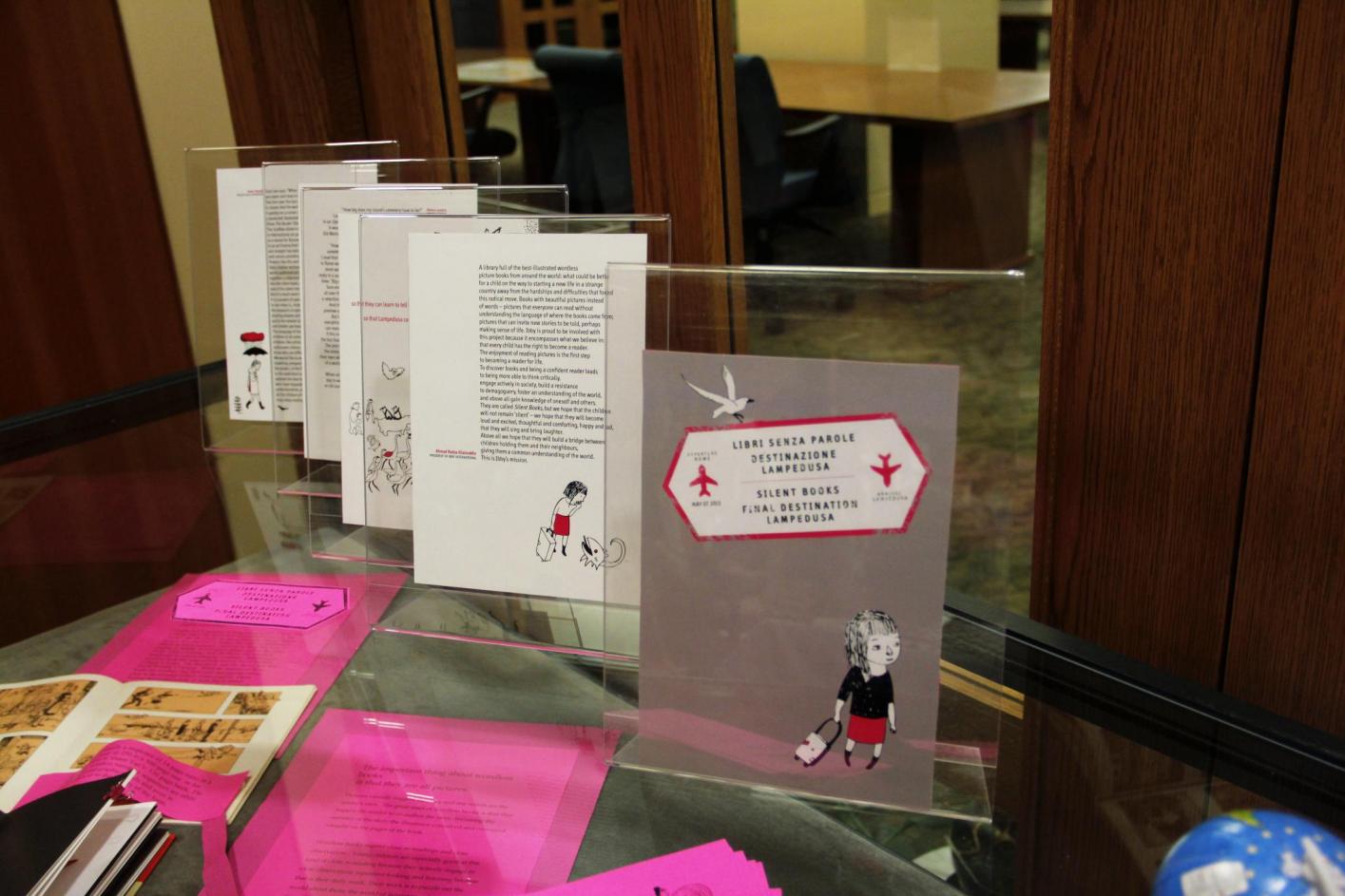
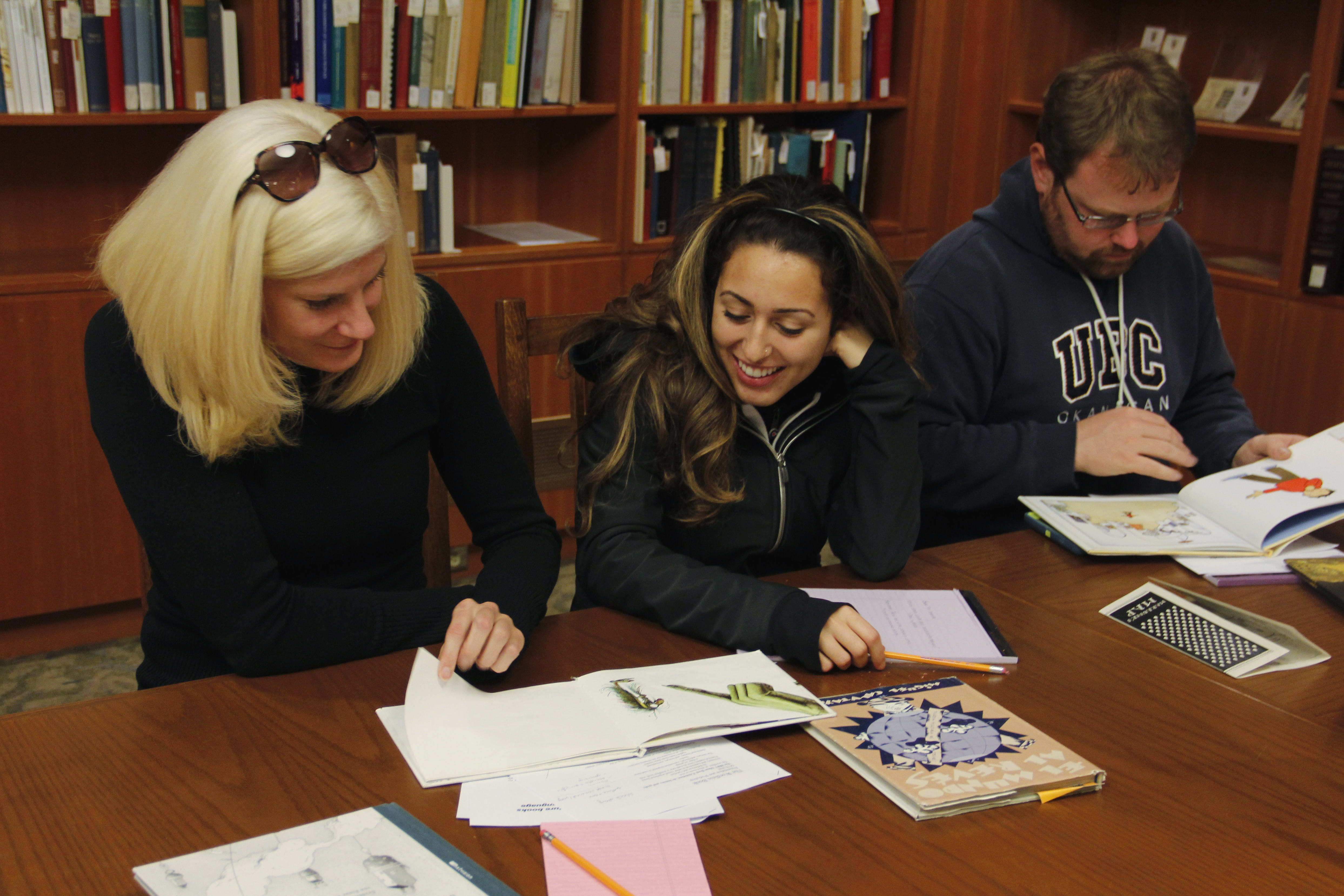
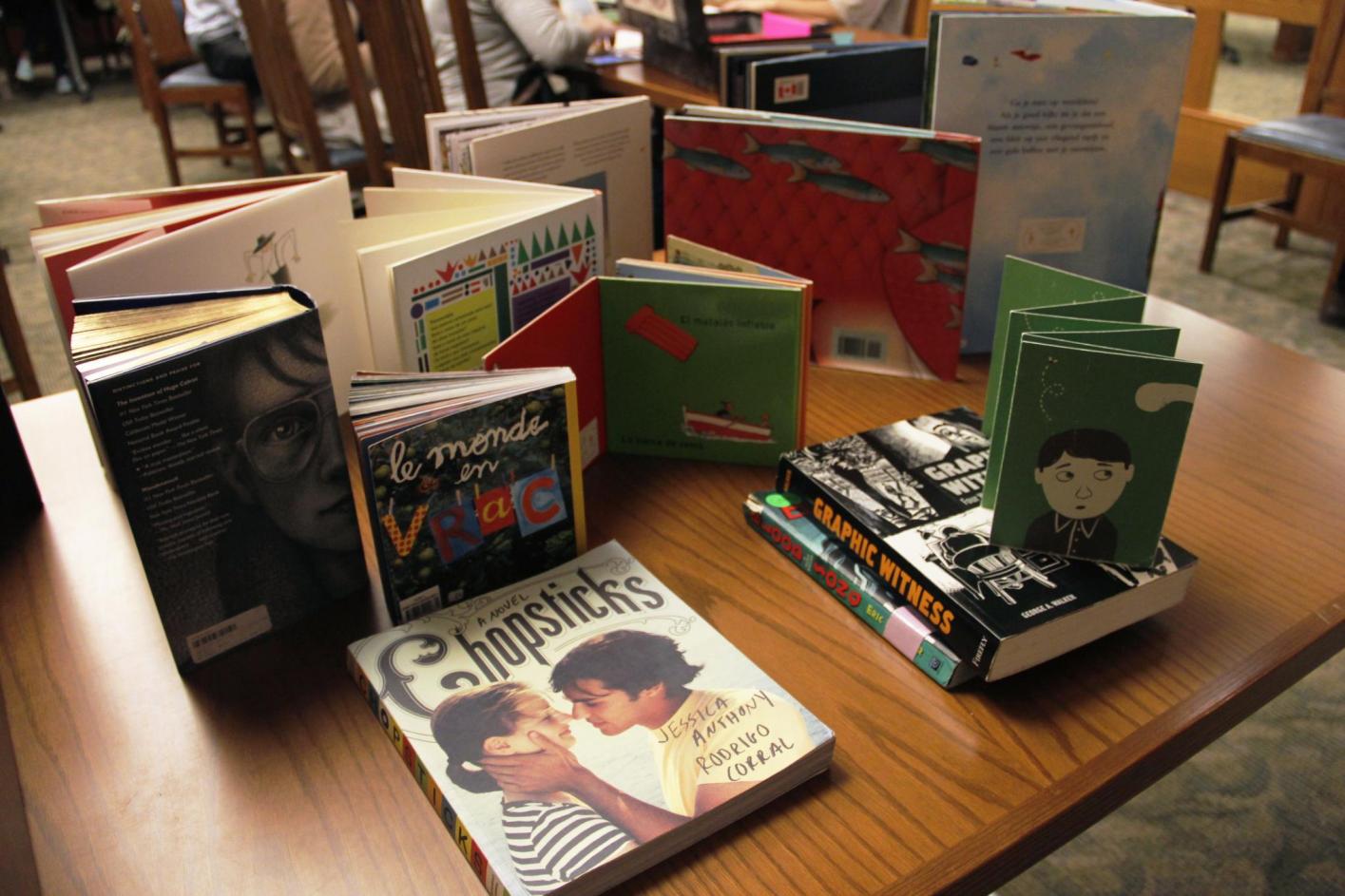

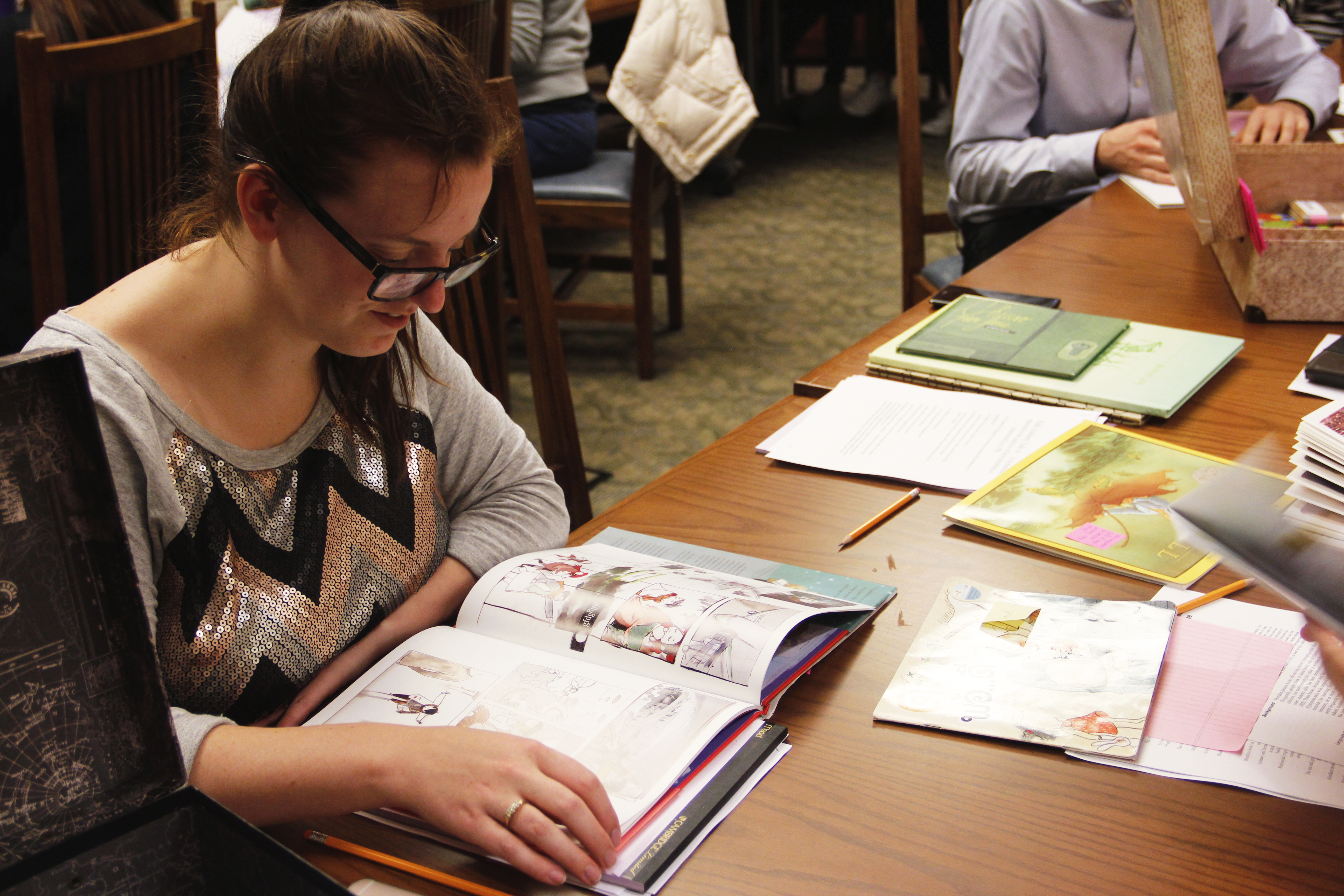
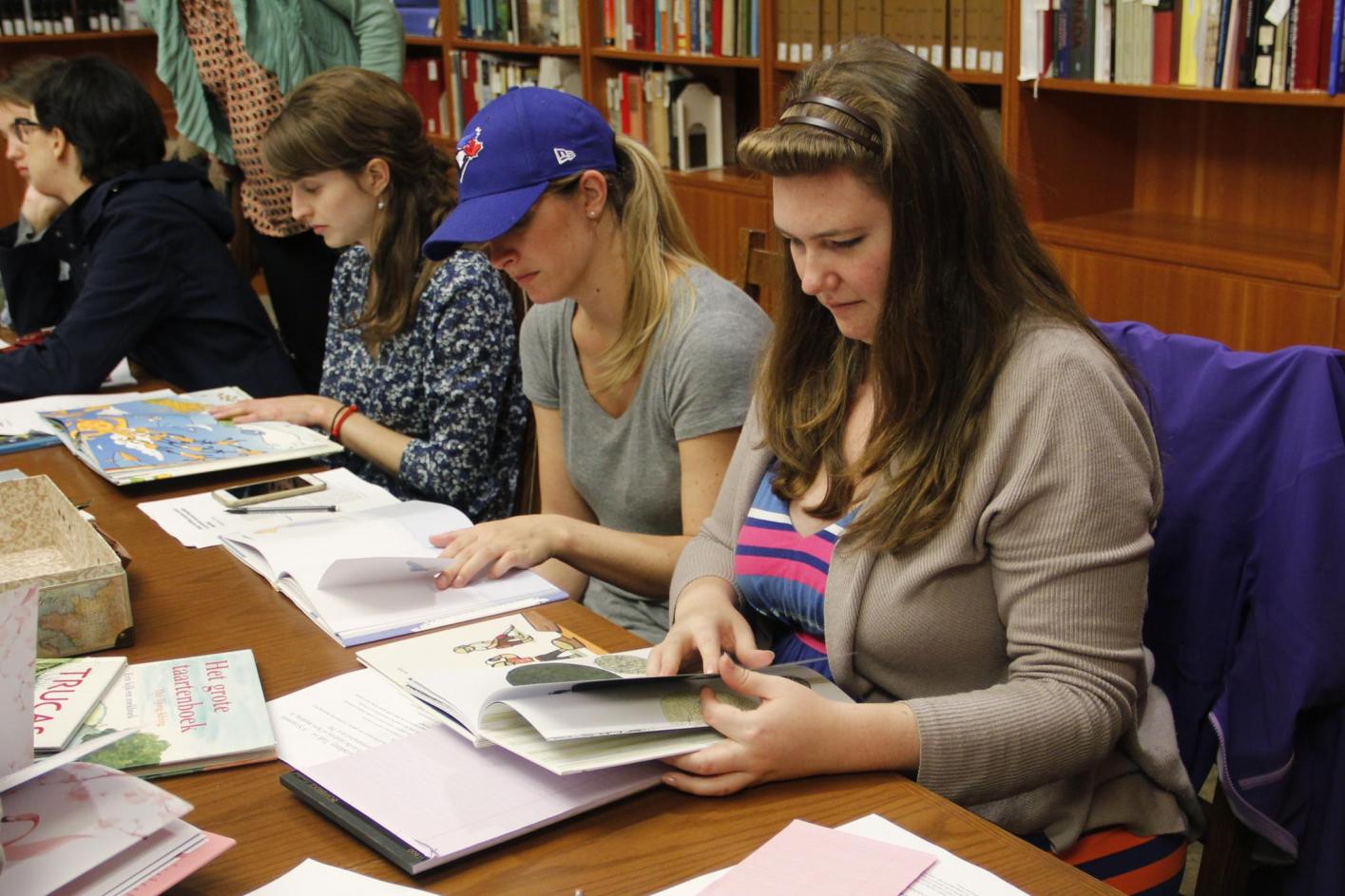
Click on the slideshow to see more images. (9 total)
Having heard of Shoemaker’s involvement in Children’s literature events and activities, Bertelli reached out to her to set up the exhibit in Vancouver. Bertelli then coordinated the arrangement to bring the books to Canada, ultimately leading to the decision to showcase the books at Rare Books and Special Collections at UBC’s Irving K. Barber Library for the general public.
“The public and anybody who wants to come in can come and see them. They are all books that we want people to handle. In order to understand them, they need to go through them. ” adds Shoemaker.
Although vastly different in their content, the books are unified by the recurring themes of journeys and secrets, as readers are transported from one place to another and prompted to uncover hidden puzzles. “There has been a proliferation of these books because they work so well with ESL students. It can level the playing field because you don’t have to have to have the language. It is also a way of helping a new language learner talk about things, either first in their own language or with the new language they are learning, particularly some of the sequential ones where you have to predict the course of events” said Shoemaker.
When incorporated into the classroom, there is a potential for these books to bridge the gap both for ESL students and students with learnings disabilities. Although grounded within a cultural milieu, the beautiful illustrations in these books transcend language boundaries, offering up a vast pool of opportunities for Teacher Candidates to experiment with them in elementary classrooms. As the books have no text, children are encouraged to truly read the pictures and construct a meaning based on them, generating the space for their creativity to thrive. Perhaps by reflecting on the books and developing innovative and even tech-savvy ways to integrate them into the classroom, teachers might help to remedy the frayed relationship between picture books and children.
Additional Resources
- Department of Language and Literacy Education Homepage
- IBBY International Website
- IBBY Canada Website
- IB Silent Books Exhibit
- Dr. Kathryn Shoemaker Faculty Profile

